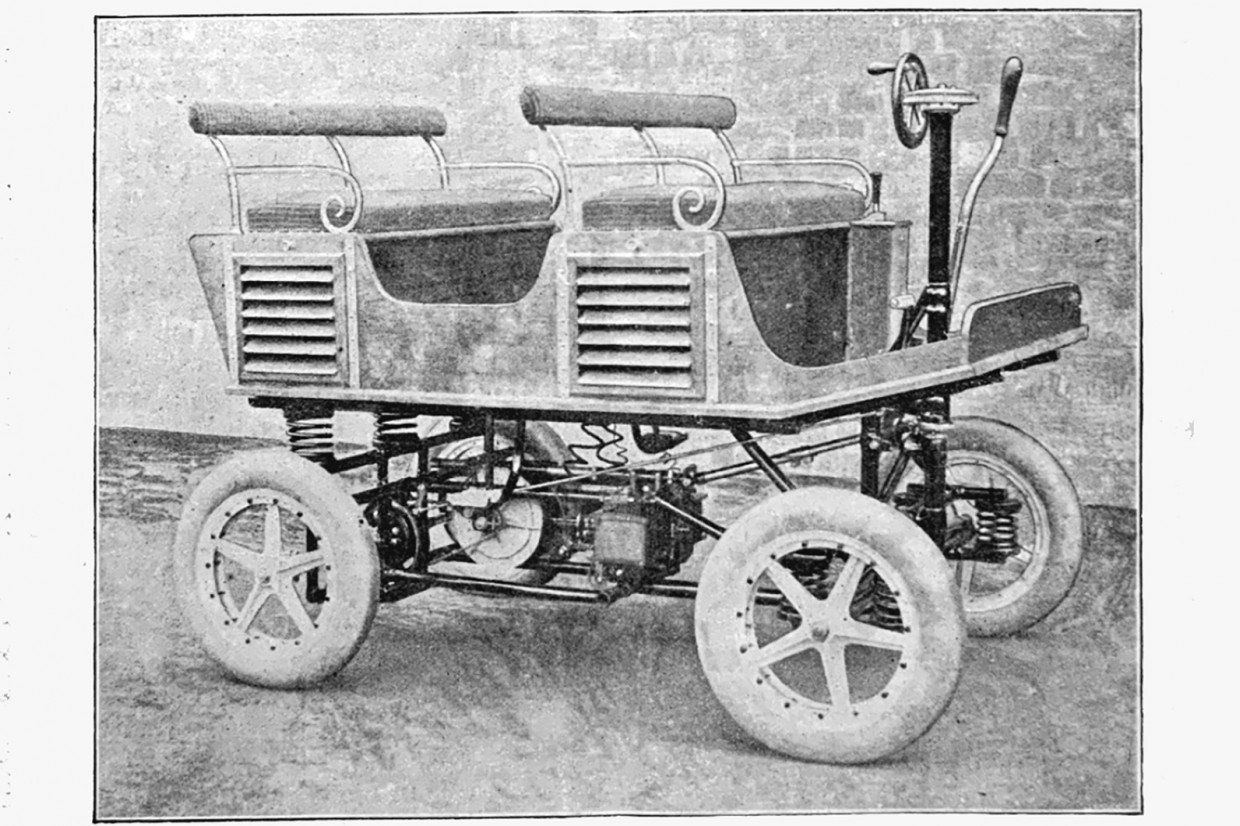
Electric vehicles might seem a recent phenomenon, but they’ve been around longer than you many people realise. A lot longer, in fact: the history of the EV dates back nearly 200 years.
While electric carriages date back to the late 1820s, it was the invention of rechargeable lead-acid batteries in 1859 that really made them a viable option. They were popular choices for taxi cabs in the UK at at the start of the 20th century, and were briefly – until the refinement of gasoline made it substantially cheaper – the best-selling type of car in the USA.
Of course, early electric vehicles weren’t much like those you’ll find on the roads today. For evidence, we delved into the freshly digitised archive of our 126-year-old sister title Autocar to find the first time it reported on an electric car. That would be in the November 8, 1895 edition: issue number 2, for those keeping score. Forget Tesla Inc: that was back when Nikola Tesla was still experimenting with electric oscillators, x-ray and radio.

At the time, there were only a dozen or so cars on the UK’s roads, but it was clear to many that was about to change rapidly. What was less clear was would become the dominant power source for such machines.
The first EV featured in Autocar was built at the Raglan bicycle works in Coventry, and had been invented by Mr Blumfield and CR Garrard, who were “both well known in the cycle trade”. Classified as a mail phaeton (an open carriage, for those not up on their 1890s vehicle terminology), it was essentially a basic four-wheeled cart built using bicycle construction methods.
The frame was made from steel tubes, with the two front wheels steered from a long ball socket. The power is drawn from 24 accumulator cells, which were packaged in boxes located beneath the seats – effectively forming a form of ‘skateboard’ electric vehicle chassis akin to the ones most modern EVs use.
If the battery layout is familiar to modern EV owners, the powertrain is highly unusual: the batteries powered a motor that drove a centrally located spindle. The spindle and two connected rollers were located on a slider, which the driver could move back and forth using a lever. The rollers would essentially jam between the surface of two metal discs: sliding them in increased the power, pulling them out decreased it. The metal discs were contested to tooth gears, which drove the rear wheels via a bike-style chain.

The system meant that the electric batteries delivered constant power to the motor, making it far more efficient that most electric powertrains of the time that featured variable power. According to The Autocar, the machine was capable of speeds between three and 13.5mph. It offered a claimed range of around 70-80 miles, and was estimated to cost three shillings to recharge.
The body of the vehicle was placed on top of the running gear. In all, the machine weight around 453kg (around half of which was the accumulators), around a fifth of the weight of the average electric road carriage of the time.
The Autocar was given a brief ride in the carriage in Raglan’s workshop, and also witnessed it completing an 18-mile road trip from Coventry to Birmingham (undertaken sneakily at 0300hrs, because cars weren’t technically legal in the UK at the time).
So what did The Autocar make of the electric carriage? Having labelled it a “strange beastie”, the magazine suggested it could be “the carriage of the future”. It added: “Here we have a carriage and horses in one, some two horse power being developable, the first experiment appears to us to be perfectly successful, and we have little doubt that there is a large and prosperous future before this class of carriage, in which we hope cycle manufacturers will participate.”
To subscribe to the Autocar Archive, dating from 1895 to the modern day, click here.
READ MORE
e-CARS
e-BIKES
e-MOTORBIKES
e-SCOOTERS
